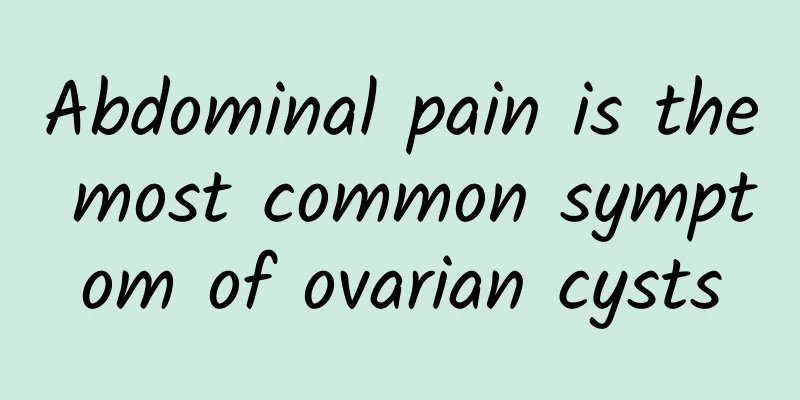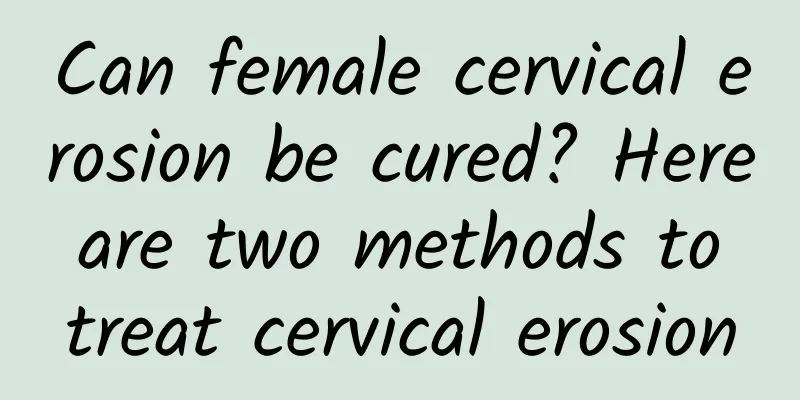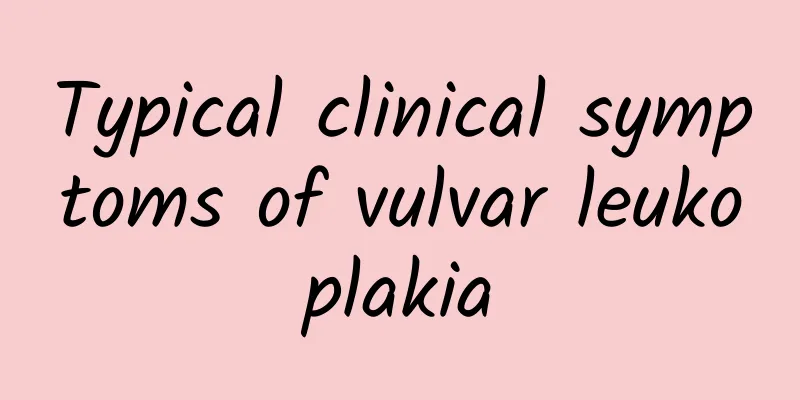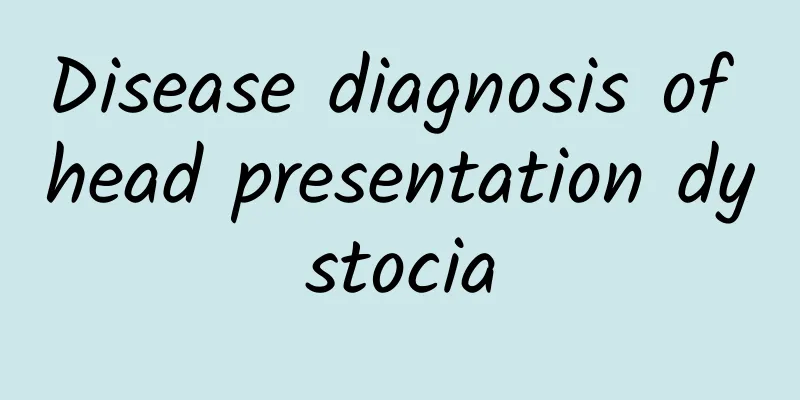Abdominal pain is the most common symptom of ovarian cysts

|
Ovarian cysts are generally the most common disease. The most important thing for female compatriots is to have a certain understanding of the symptoms of ovarian cysts . What are the symptoms of ovarian cysts? Let's take a look at the symptoms of ovarian cysts. 1. Increased abdominal circumference and abdominal mass are the most common symptoms. The patient notices that his clothes or belt are too tight, and then notices that his abdomen is enlarged, or feels it accidentally in the morning, so he presses his abdomen and finds a mass in the abdomen. The symptoms of ovarian cysts are combined with abdominal distension and discomfort. 2. Abdominal pain If the tumor has no complications, there is very little pain. Therefore, if patients with ovarian tumors feel abdominal pain, especially if it occurs suddenly, it is mostly caused by the twisting of the tumor pedicle, or occasionally by tumor rupture, bleeding or infection. In addition, the symptoms of ovarian cysts are mostly abdominal pain and leg pain, and the pain often causes patients to seek emergency treatment. 3. Menstrual disorders. Generally, ovarian cysts, even bilateral ovarian cysts, do not destroy all normal ovarian tissues, so they usually do not cause menstrual disorders. Some uterine bleeding is not endocrine, or it is caused by ovarian tumors that change the distribution of pelvic blood vessels, causing endometrial congestion; or it is caused by ovarian malignant tumors that directly metastasize to the endometrium. Menstrual disorders caused by endocrine tumors are often combined with other secretory effects. 4. Symptoms of compression of ovarian cysts. Huge ovarian tumors can cause dyspnea and palpitations due to compression of the diaphragm. Ovarian tumors combined with large amounts of ascites can also cause such symptoms. However, some ovarian tumor patients have dyspnea due to unilateral or bilateral pleural effusions, and often combined with ascites to form the so-called Meigs syndrome. The information introduced in the above materials is about the symptoms of ovarian cysts. I hope it can help you. Understanding the symptoms of ovarian cysts is the most critical step. However, after we understand the symptoms of ovarian cysts, we must detect the existence of the disease in time and treat it, so as to control the spread of the disease. |
<<: What are the main causes of ovarian cysts?
>>: Pay attention to the precautions before treatment of ovarian cysts
Recommend
Women with qi and blood imbalance are more likely to develop ovarian cysts
How to treat ovarian cysts? Disorders of Qi, bloo...
How to determine whether there is an ectopic pregnancy
How to determine whether there is an ectopic preg...
The best treatment for adenomyosis
There is currently no single best treatment for a...
What are the reactions of the abdomen to uterine fibroids? What are the changes in the abdomen to uterine fibroids?
Uterine fibroids are a common gynecological disea...
Warning: Clinical manifestations of vulvar leukoplakia include obvious atrophy of the vulva
Clinically, leukoplakia of the vulva is mainly se...
How to treat cervical warts
Cervical warts are a sexually transmitted disease...
What causes ectopic pregnancy?
Ectopic pregnancy is a dangerous acute abdomen in...
Cervical erosion recurs after surgery
Many women are affected by cervical erosion, whic...
Iodine can be used to wash the vulva for itching
Vulvar itching can be treated with iodine wash. 1...
What is the diagnosis of pelvic inflammatory disease?
Pelvic inflammatory disease is a gynecological di...
Can I have an abortion if I have gynecological inflammation?
When there is gynecological inflammation, it is u...
How can women avoid adnexitis?
How to prevent adnexitis? In the early stage of a...
How is endometriosis diagnosed?
For women, some gynecological diseases are the mo...
How much does it cost to treat uterine effusion?
Nowadays, many women suffer from uterine effusion...
Expert introduction: What are the main precautions for dysmenorrhea
What are the main precautions for dysmenorrhea? ?...









